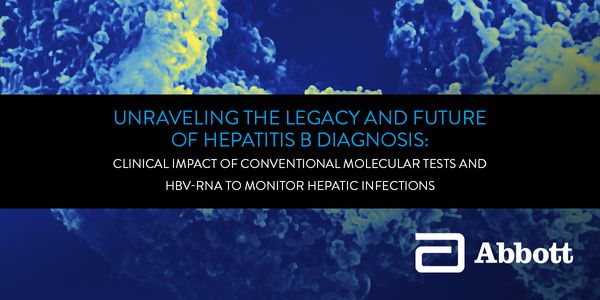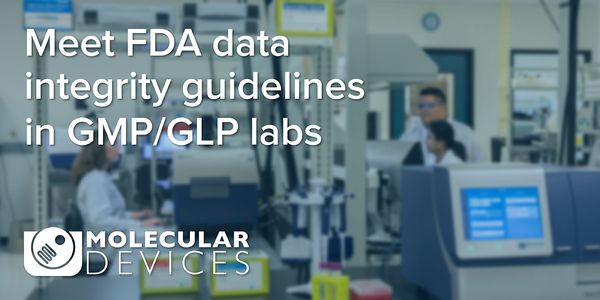Science
Science is the pursuit and utilization of information and comprehension of the normal and social world after a methodical procedure dependent on proof. All in all, a science includes a quest for information covering general facts or the activities of essential laws.
-
Computer vision (CV) has seen rapid growth in many industries, including the life sciences with high-content cell imaging and phenotypic assays. However, many biomolecular and cellular assay...
In this seminar, Dr Elvira will talk about the use of droplet microfluidic technologies for drug discovery. Initially, she will discuss the fundamental concepts of droplet microfluidic techno...
Speaker:
Katherine Elvira, MSci, PhD, ARCS
The ultimate limits of diagnostics in biology are the “quantum” units that convey information, e.g. single nucleic acids, proteins, and cells. Microfluidics has emerged as a power...
Speaker:
Dino Di Carlo, Ph.D.
Oncologists have many options when tasked with treating a patient’s cancer. Unfortunately, many cancer drugs and therapies come with potentially debilitating side effects. As such, it i...
MAY 23, 2019 | 9:00 AM
DATE: May 23, 2019TIME: 9:00am PDT, 12:00pm EDT Although mesenchymal stem/stromal cells (MSCs) chondrogenic differentiation has been thoroughly investigated...
MAY 22, 2019 | 8:00 AM
DATE: May 22, 2019TIME: 08:00am PDTOmics analysis offers the potential to obtain deep insight into biological processes as well as a rich source of potential biomarkers. While the consu...
MAY 21, 2019 | 7:00 AM
DATE: May 21, 2019TIMEL 7:00am PT, 10:00am ET Human T cells are central effectors of immunity and cancer immunotherapy. CRISPR-based functional studies in T cells could prioriti...
MAY 16, 2019 | 12:00 PM
DATE: May 16, 2019TIME: 12:00 PM PDT Mesenchymal stem or stromal cells (MSCs) are a promising resource for cell-based therapies and are being tested in already registered phase...
MAY 16, 2019 | 4:00 PM
DATE: May 16, 2019TIME: 7:00am PDT, 10:00am EDT, 4:00pm CEST The emergence of NGS is revolutionizing the microbiological sciences and transforming medicine. Deep sequencing has...
MAY 15, 2019 | 12:00 PM
DATE: May 15, 2019TIME: 9:00am PDTHepatitis B infections remain a significant global healthcare burden resulting in 887,000 deaths in 2015. Clinical laboratories can have a measurable i...
MAY 15, 2019 | 7:00 AM
DATE: May 15, 2019TIME: 7:00AM PDT, 10:00AM EDT, 3:00PM BST, 4:00PM CETLaboratories operating under GMP or GLP regulations must follow guidelines set by agencies to protect scientific i...
In 2014, the Undiagnosed Diseases Network (UDN), which is funded by the NIH, was established as a network of seven clinical sites, two sequencing cores, and a coordinating center. Later, a ce...
Screening to identify all known viruses and other pathogenic microorganisms including bacteria, fungus and parasites in human tumor tissues will provide a more comprehensive understanding of...
Speaker:
Erle Robertson, PhD
Real-time PCR, or quantitative qPCR, is a commonly used molecular biology lab technique to determine the actual amount of PCR product at a given cycle. For quantitative reverse transcription...
Speaker:
Gillian Browne, PhD
Speculations that some form DNA alteration might be utilized by the brain date to the 1960s [1] wherein hypotheses for genomic alterations of germline DNA were proposed for immunoglobulins an...
























